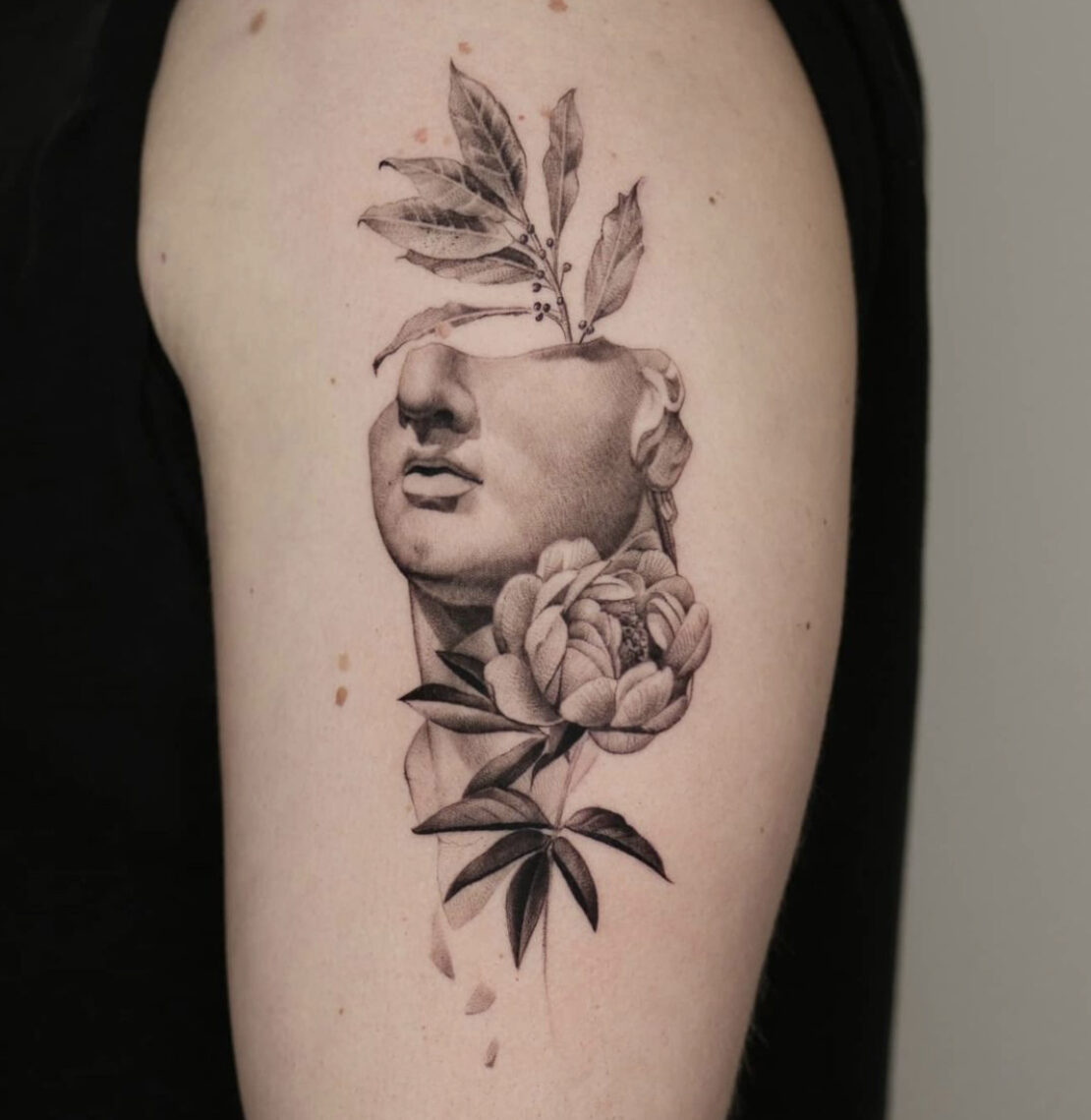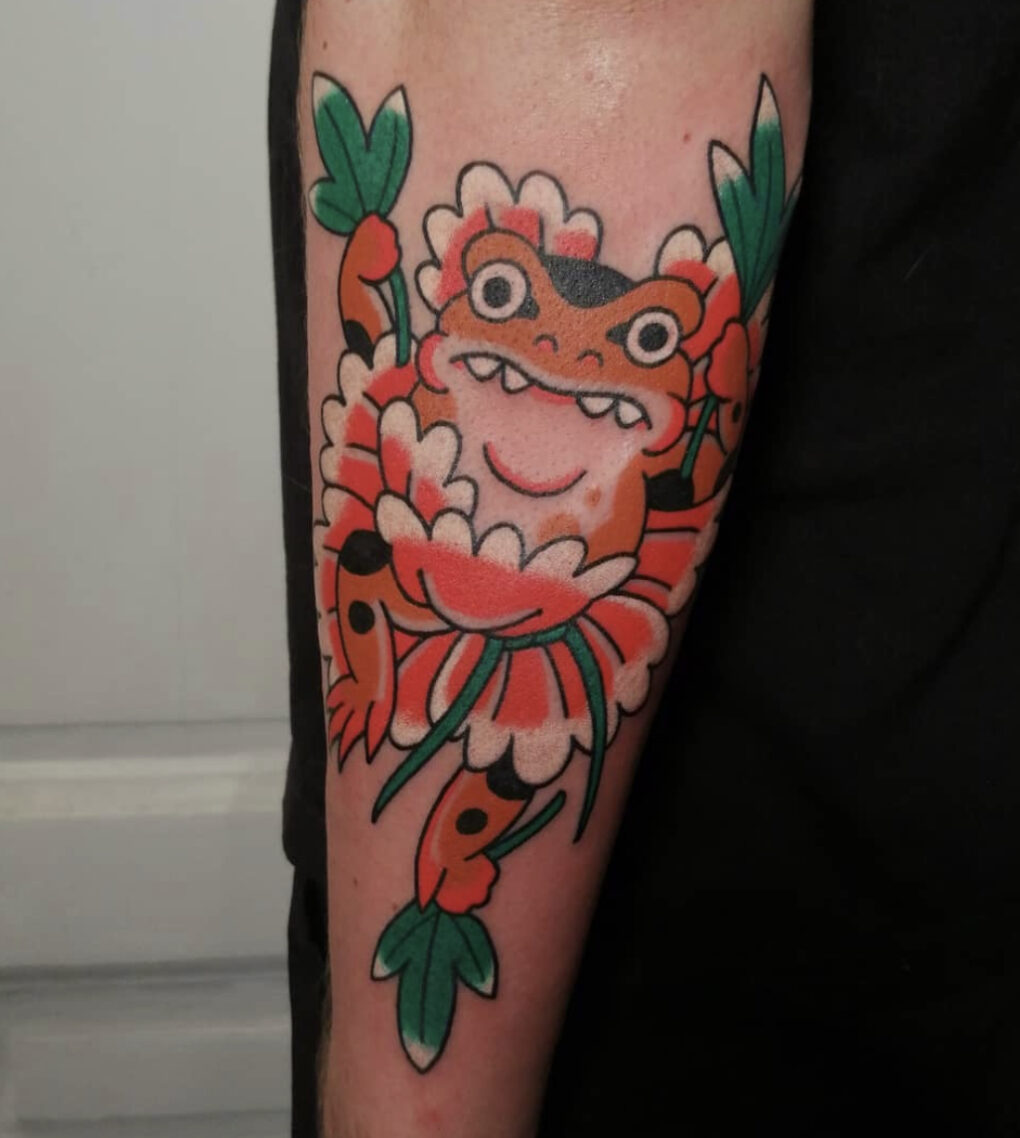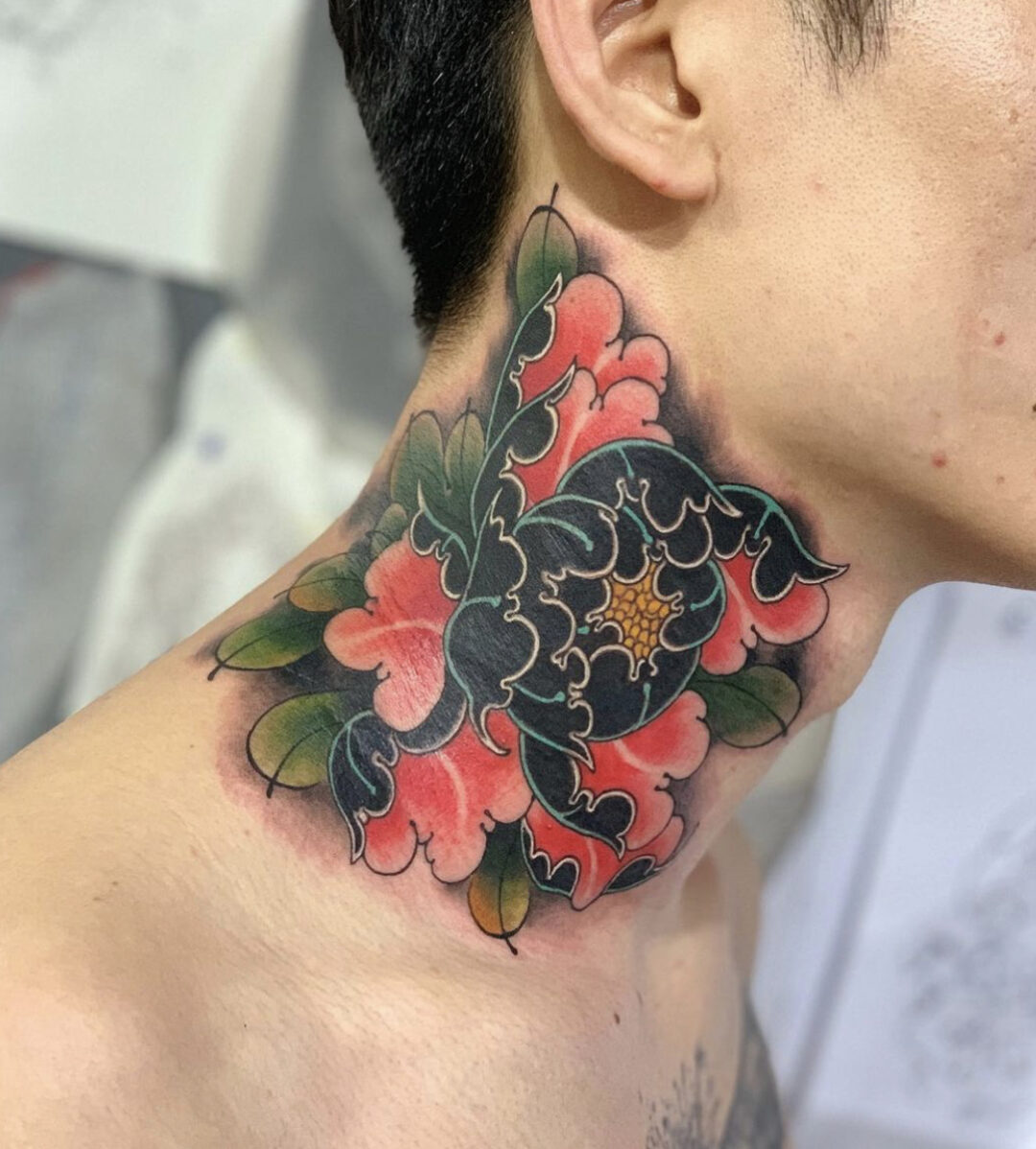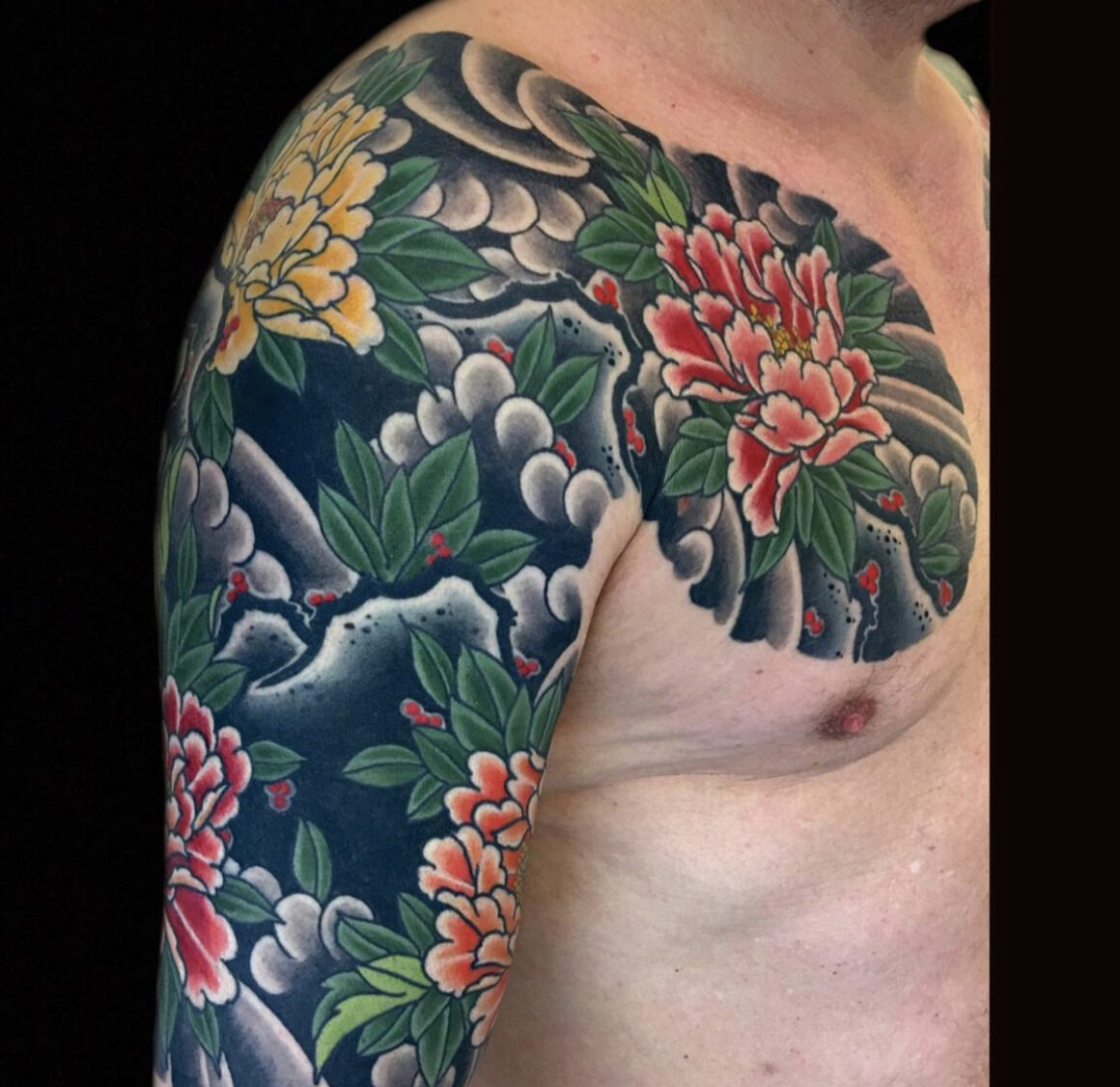Discover the secrets of a two-dimensional flower: what for the peoples of the Orient is a symbol of immortality is still seen in the West as something all too fleeting…
The Peony (which in Greek means “healing”) is a plant renowned for the beauty of its flowers and is divided into herbaceous and tree peonies.

The herbaceous species – which are to be found in southern Europe – have leaves of a light green and come into flower – for a very brief period – between April and May. Herbaceous peonies are also native to harsher climes such as Mongolia and even Siberia where the flowers are far simpler and less elaborate.

Tree peonies, on the other hand, have flowers with a penetrating perfume, somewhat like that of the rose. This extremely popular category also includes the Japanese peony which bears this name not because it is native to Japan, but because it is here that is has been grown with the greatest devotion. This particular plant is extremely drought resistant and the flowers can open as early as the first mild spring days of March.

As spring advances, the Japanese peonies come into bloom with large flowers in a wide range of colours, including every possible variation on pink, cream and white. Then there are also peonies in shades of yellow, crimson, wine red and purple.
In Japan and China, the Peony is simply seen as the “queen of all flowers”. In the East it is seen as the plant of immortality while in the West there is a completely opposite view because of the delicacy and fragility of the blooms.

Peonies are used in weddings as a symbol of love and affection and are considered to bring prosperity and nobility of the soul. Needless to say, the white peony stands for purity of hear.
























